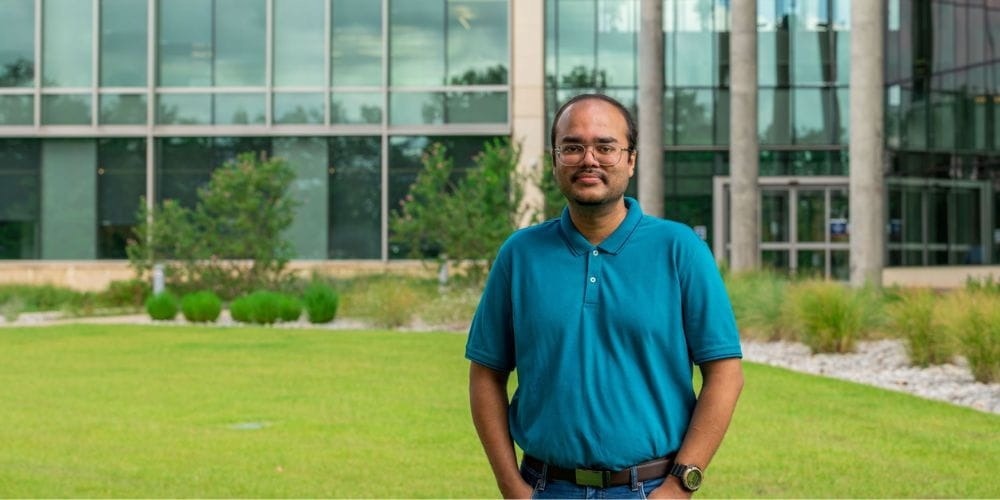An interdisciplinary team led by University of Texas at Arlington mathematics Assistant Professor Souvik Roy is working to enhance medical imaging by using a novel approach known as quantitative photoacoustic tomography (QPAT).

Image Credit: University of Texas at Arlington
QPAT is an imaging modality that combines ultrasound with optical tomography. Ultrasound is an imaging method that employs sound waves to view characteristics inside the body. It uses acoustic wave intensity data acquired on the body’s surface using a scanner composed of acoustic wave detectors.
This enables the creation of images of different optical characteristics of tissues, such as absorption and diffusion, which can offer critical information about the location and stage of malignant tissue.
QPAT is robust because it uses information from two types of imaging techniques and has the potential to provide high-quality images. It can tell us so much more about what’s going on under the skin. By providing better images, doctors will be able to make more accurate diagnoses in shorter time frames. This will lessen anxiety for patients as well as decrease costs for the health care industry by reducing the need for repeated scans.
Souvik Roy, Assistant Professor, Mathematics, University of Texas at Arlington
One of the primary obstacles in creating QPAT is the lack of proper acoustic wave measurements on the body's surface, which can dramatically reduce the image quality and result in incorrect malignant tumor detection.
To address this issue, primary investigator Roy and his interdisciplinary team—which includes statistician co-principal investigator Suvra Pal and radiologists—have been awarded a $190,000 National Science Foundation grant to considerably enhance and improve the QPAT imaging technology.
To assist in completing the missing acoustic wave measurements and stabilize and recalibrate computational algorithms for producing high-contrast and high-resolution images, the team will employ a unique combination of game theory, statistical sensitivity analysis, and gradient-free optimal control approaches.
Roy concluded, “We hope to facilitate a safe start to research on imaging human subjects using QPAT. Our ultimate goal is helping patients get better and develop more accurate images in a shorter time frame. These enhanced scans should help doctors and patients make better health care treatment decisions. Down the line, we know this will improve outcomes, reduce patient anxiety and be highly cost-effective.”